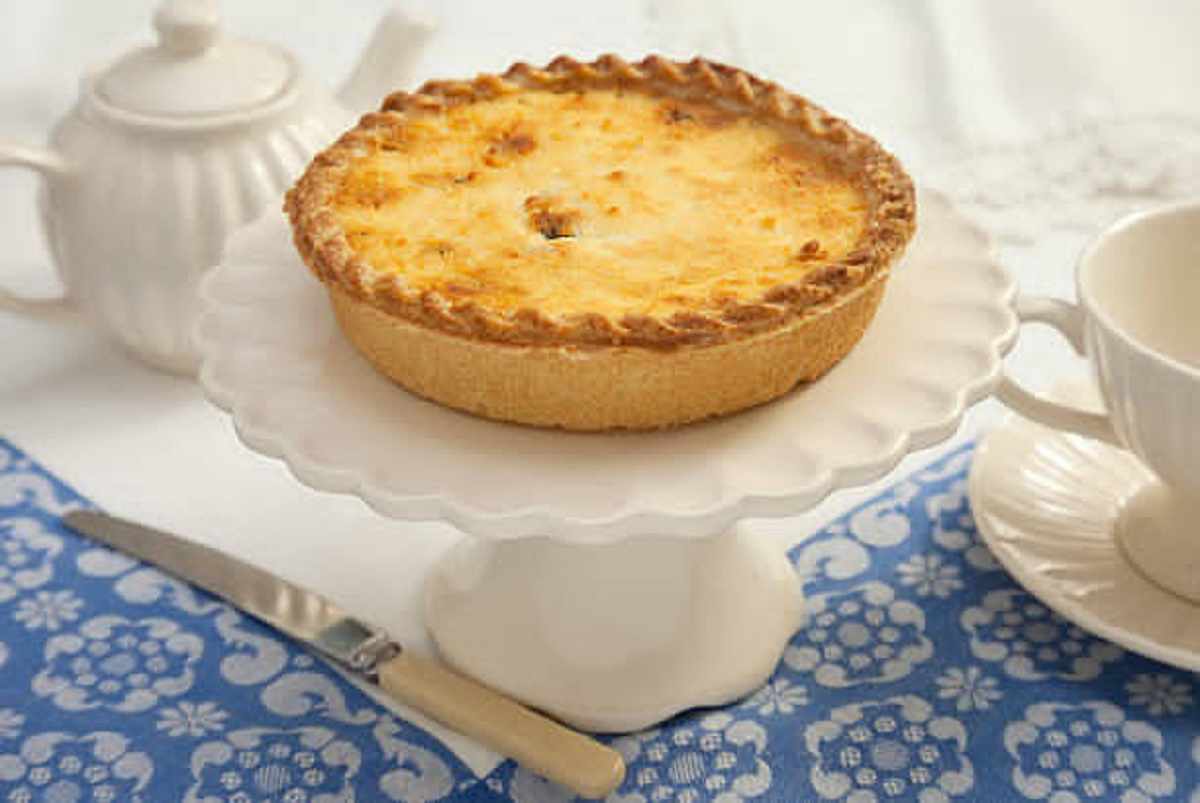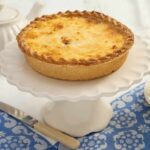Table of contents
Introduction
The allure of perfectly baked goods is timeless, standing as a testament to the artistry and finesse required in baking. The humble pie is a favorite among them all because it’s a flexible canvas that can accommodate a broad range of tastes and textures, such as the crisp crispness of an apple pie or the creamy richness of a chocolate silk pie. The pie crust is central to the integrity of these beloved desserts, a component that carries the weight of complementing and elevating the filling. Achieving a flaky, golden-brown crust is a badge of honor for any baker, and it sets the stage for what lies within. While one might marvel at the intricate latticework or the buttery aroma wafting from a just-baked pie, the actual test lies in the crust. Inspired by tradition and refined by modern techniques, bakers across the globe, including those crafting Korean pastries, have honed methods for what some might call the pinnacle of baking mastery.
The Basics of Pastry-making
Knowing your ingredients and their respective roles is paramount in any culinary endeavor. This is particularly true in pastry-making, where precision is vital. The combination of core flour, fat, and water can be turned into various doughs, each with its texture and purpose. Flour provides the structure, fat adds flavor and creates layers, and water binds the mixture while activating the gluten. The ratio and handling of these ingredients determine whether you’re on the path to a delicate pâté brisée, a buttery shortcrust, or a voluminous puff pastry. It’s an intricate dance of chemistry and timing, where seemingly minor adjustments can substantially affect the outcome. Flour, the primary structural component, is often selected based on the protein content, affecting gluten development. Because they may produce layers and have different melting points, fats like butter, lard, and shortening are preferred. To provide moisture without overactivating gluten networks, water is then cautiously added. An acidic ingredient, such as vinegar or lemon juice, is occasionally added.
Essential Tools for Making Pie
Embarking on your pastry adventure requires a humble yet essential collection of tools. Like an artist’s brushes, these instruments will aid you in translating your vision into a reality. The mixing bowls, rolling pins, and dough blenders are your basic compatriots. Each serves its unique purpose; a rolling pin flattens the dough to an even thickness, a pastry cutter (or a pair of forks, in a pinch) integrates fat into the flour without melting it, and various cutters shape the dough to line pie plates or create decorative designs. Pie weights and parchment paper facilitate blind baking, ensuring the crust maintains its shape before adding fillings. The process becomes a tangible expression of skill and creativity with these tools. Having the right tools readily available allows for greater focus on the task at hand, letting the baker wrestle less with the dough and more with the nuances of their craft, ultimately elevating the final product.
Step-by-Step Guide to Making Pie Dough
The dough is, without question, the foundation of any good pie. In a large dish, combine the dry ingredients, allowing room for the fat to dissolve. This step is crucial as it sets the stage for texture. Pieces of cold, cubed butter are then cut into the flour until pea-sized crumbs form – a signal to stop. Cold water is meticulously sprinkled over the mixture, creating a dough that should hold together when pinched. The temperature of the components cannot be overstressed; warmth is the enemy of flaky pastry. Once the dough comes together, it’s shaped into discs and refrigerated. After this relaxation, the fats solidify, and the gluten relaxes, giving the baked crust a flaky, soft texture. Skipping or skimping on this chilling step is a common rookie mistake – resist the temptation to hurry the process. More experienced bakers may choose to replace water with vodka, as alcohol does not promote gluten formation and evaporates during baking, thereby enhancing the crust’s flakiness.
Rolling and Shaping Techniques
The rollout of your pie dough is a pivotal moment. The final thickness will determine the mouthfeel and, to an extent, the structural integrity of the crust. Aiming for an even thickness of around ⅛ to ¼ inch, depending on the type of pie is advised. Turn the dough a quarter turn after each roll to keep it round and avoid sticking as you roll outward from the center. For top crusts or latticework, a touch of inventiveness can go a long way in the visual appeal of your pie. Whether you opt for classic cuts or detailed designs, remember that the dough must still function – it must vent and contain the filling. As such, balance aesthetic decisions with practicality. Should the dough become elastic and resist shaping, allow a few minutes of rest to relax the gluten. This is also a good time to preheat your oven, ensuring it reaches the right temperature for when your pie is ready to bake.
Blind Baking and Preparing Crusts
Blind baking may initially seem counterintuitive – baking a pie crust without filling. However, this technique is pivotal when the filling is either no-bake or requires less cooking time than the crust. Begin by lining your rolled-out dough in a pie dish and chilling it again to firm up. After that, cover the crust with foil or parchment paper and press dry beans or pie weights into the center. This extra weight prevents the dough from puffing up in the center or shrinking from the sides. Bake according to your recipe’s instructions until the crust is set and beginning to color. After removing the weights and parchment, you may need to return the crust to the oven for a few minutes for even browning. Once mastered, this technique guarantees a perfectly cooked pastry base, ready to cradle any filling you choose.
Creative Fillings and Flavor Pairings
Now, for the star of the show: the filling. A blank canvas lies before you, ready for a masterpiece of flavors. From the simplicity of seasonal fruit to the indulgent layers of chocolate and nuts, fillings allow bakers to showcase flair and innovation. Take a classic mixed berry filling and infuse it with basil for a surprising twist, or elevate a humble pecan pie with splashes of bourbon. Pie isn’t just about tradition; it’s also a medium for evolution and personal expression. Of course, every flavor pairing should aim for balance. Acidity cuts through sweetness, spices warm up simple flavors, and textures play off each other for an exceptional bite every time. Ultimately, the choice of filling—its flavor and its synergy with the crust—will make each pie a personalized reflection of the baker’s craft.







